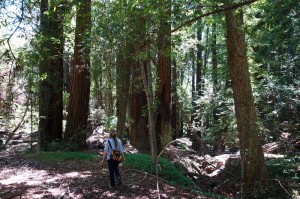
Last month, I explained the nuts and bolts of conservation easements, a super important tool in land conservation and one that we at Save the Redwoods League use often. This month, you can learn about what happens next: monitoring and enforcement!
Once we hold a conservation easement on a piece of land, my job as stewardship manager really takes off. It’s at this point that the League can begin fulfilling the big and lasting responsibility of ensuring that the land is protected and managed according to the agreement.
So, how does one go about making sure that a vast expanse of land is being taken care of properly? The best way is to go check it out! I visit all of our easement properties at least once a year. This annual check-up is required by the Land Trust Accreditation Commission of all accredited land trusts, of which the League is proud to say we’re one. Regular visits are an important part of making sure that the land is properly protected, so that the redwood forests, wildlife habitat and natural beauty of these special places will be safe forever.
So, at least once a year, I (or one of our other monitors) visit each of the 28 conservation easement properties we currently hold, from Del Norte to Santa Cruz County. We walk the property, visiting the same locations each year to take photos that we can compare to previous years’.
We look carefully for a whole variety of things. The conservation easement may restrict development of new houses or roads, so we check to see if any new development has occurred. Or, the easement may restrict the cutting of any trees, so we verify that no trees have been cut. If we notice a violation, we address it right away; but rarely do violations occur.
If we do find a violation, it’s often easily resolved by a conversation with the landowner about the problem, and a commitment from them to repair the damage in some way — for example, if a road was built, they’d have to remove it. If the landowner refuses to remediate the damage, a lawsuit could ensue.
For this unfortunate reason, land trusts must have a fund set aside for potential litigation. The Land Trust Alliance has also created a new insurance program called Terrafirma, in which the League, along with 423 other land trusts across the United States, participates. This program provides us extra protection in case of a lawsuit. Thankfully, though, the majority of the time we work with landowners who are very willing to protect their land according to the conservation easement!
By verifying that the agreements made in a conservation easement are being followed, the League is ensuring the perpetual protection of these natural landscapes for the well-being of the redwoods and wildlife, and the lasting enjoyment of present and future generations.
Do you have any questions about how we monitor and enforce easements? Let me know!




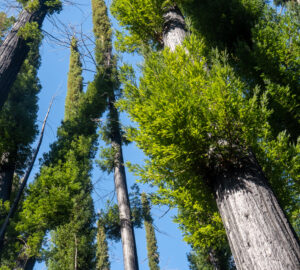

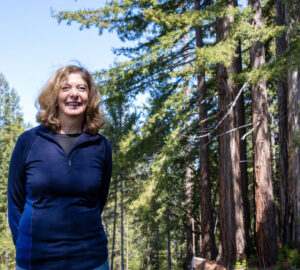
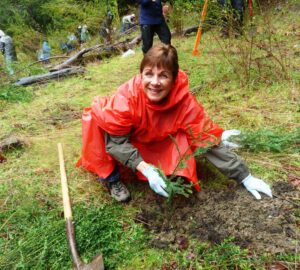
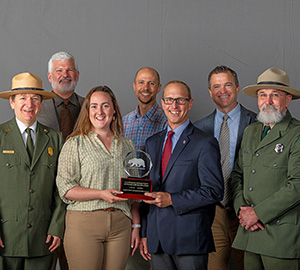
One Response to “Conservation Easements, Part 2: Monitoring and Enforcement”
Niki
We are thinking about buying property with acres and a portion is conservation which we are fine with and it already has a picnic table on the conservation portion of the property. I was wondering if I could put outdoor lights on the conservation portion of the property?